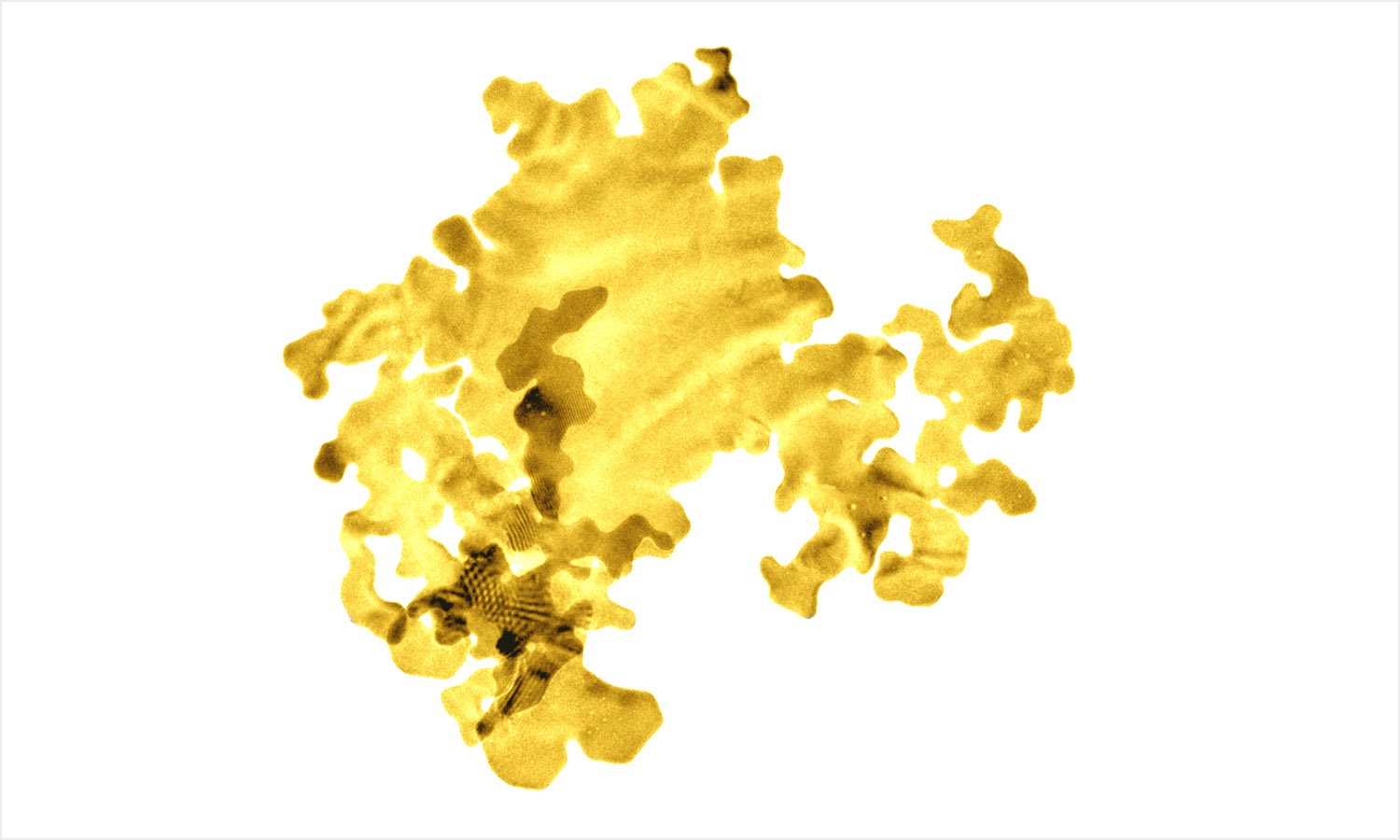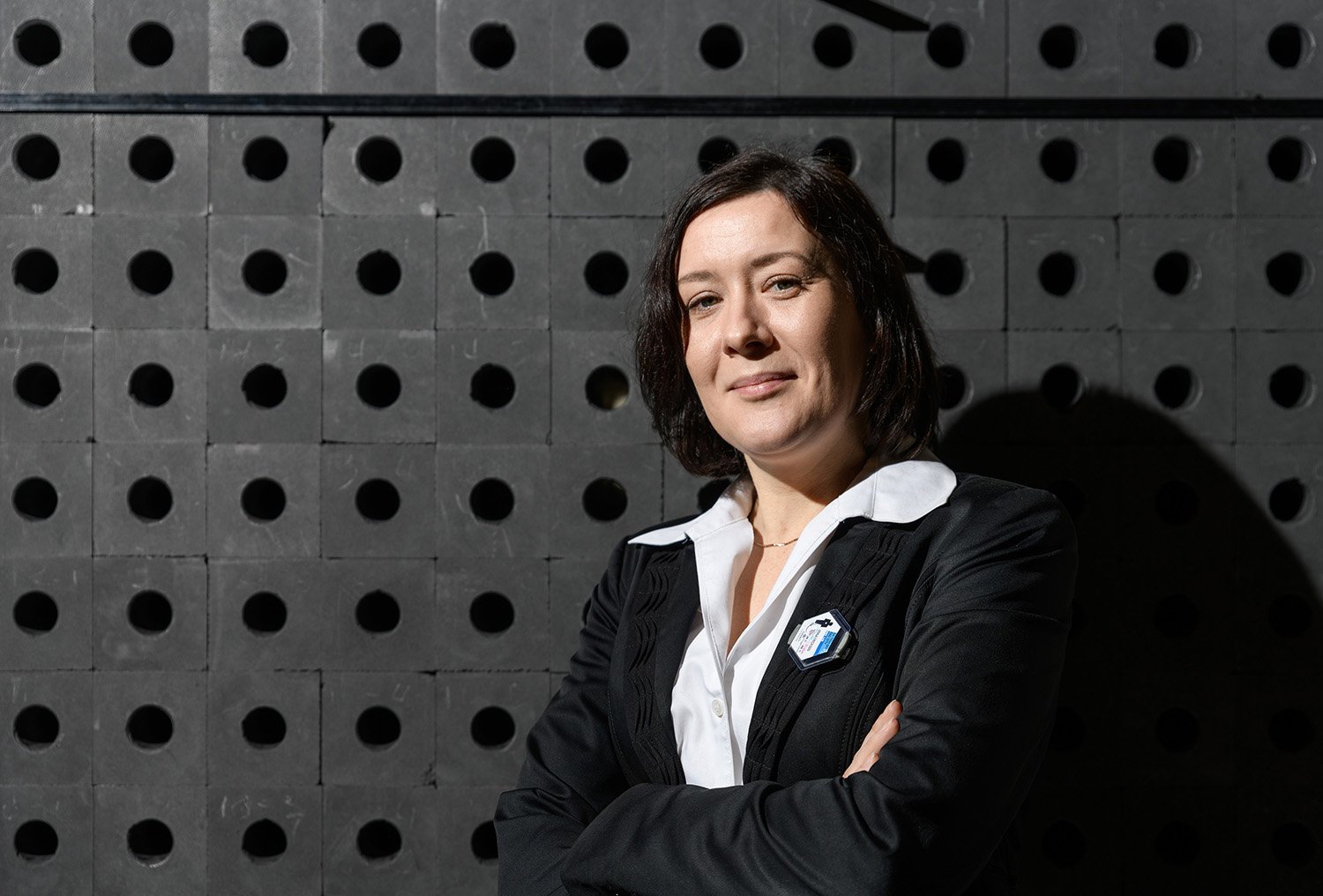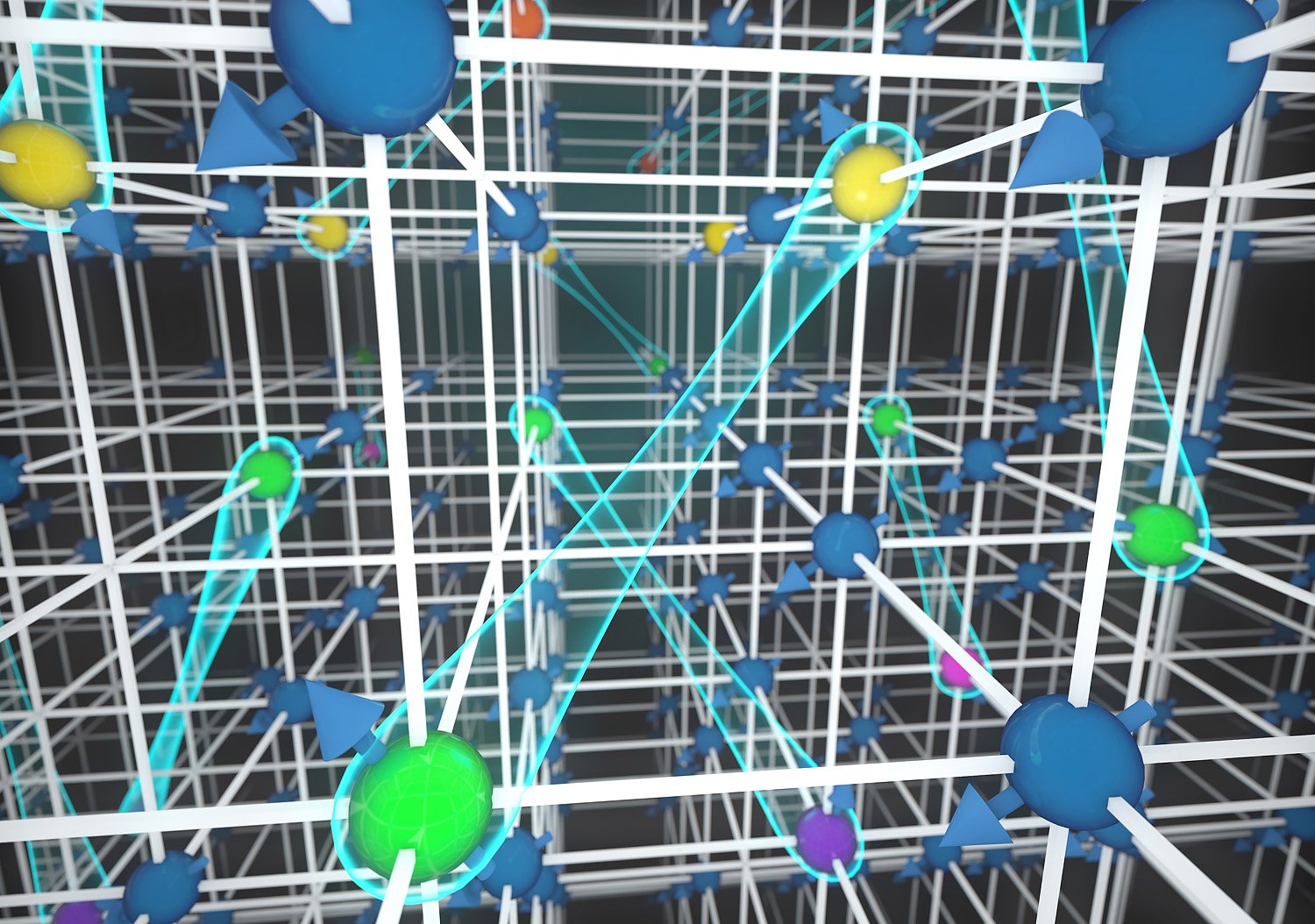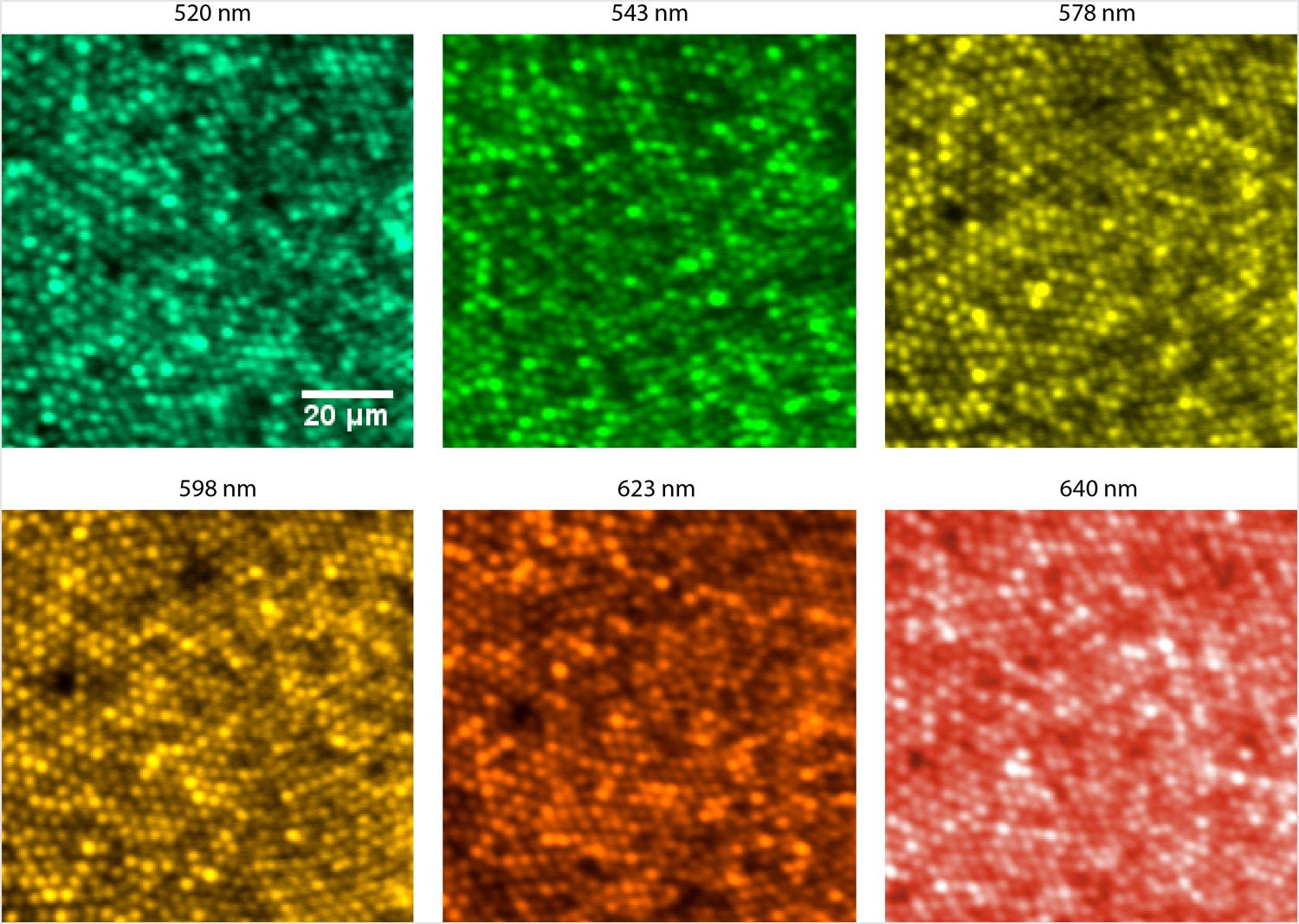How do atoms vibrate in graphene nanostructures?
In order to understand advanced materials like graphene nanostructures and optimize them for devices in nano-, opto- and quantum-technology it is crucial to understand how phonons – the vibration of atoms in solids – influence the materials’ properties. Researchers from the University of Vienna, the Advanced Institute of Science and Technology in Japan, the company … Read more









